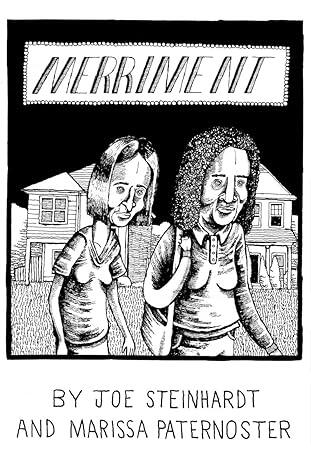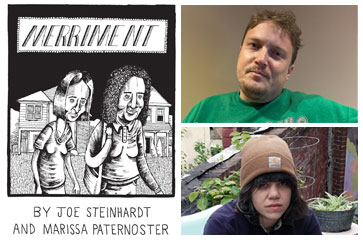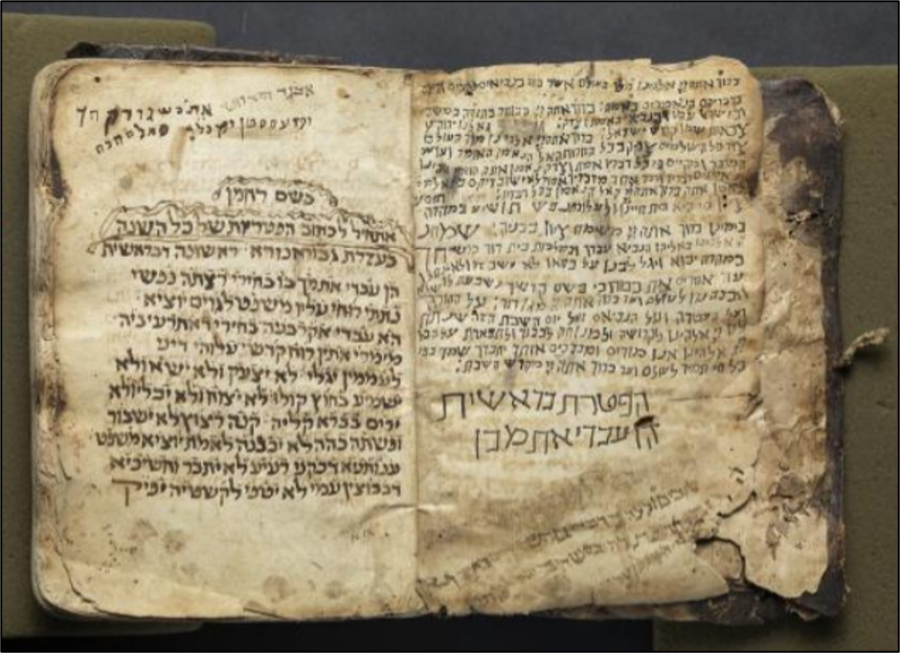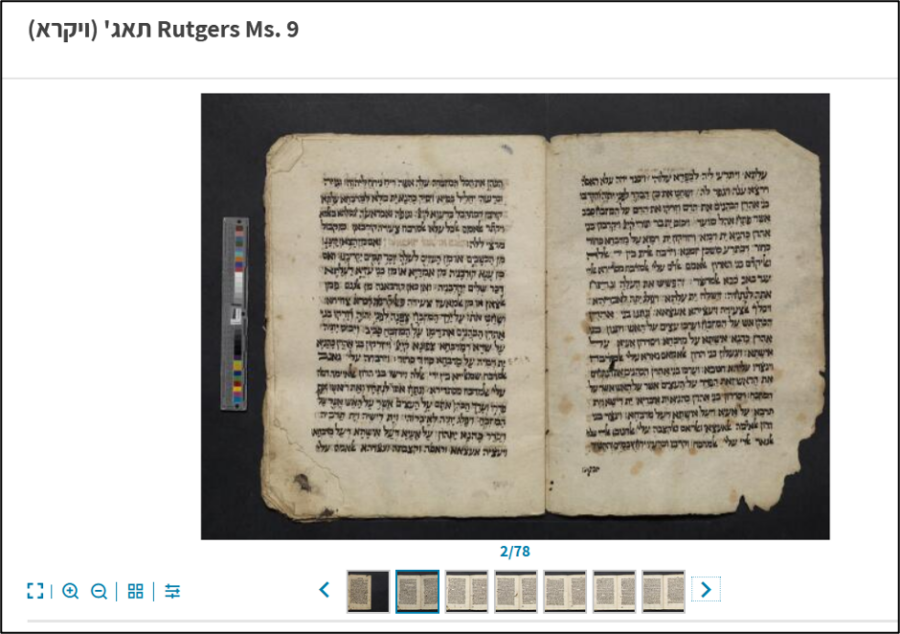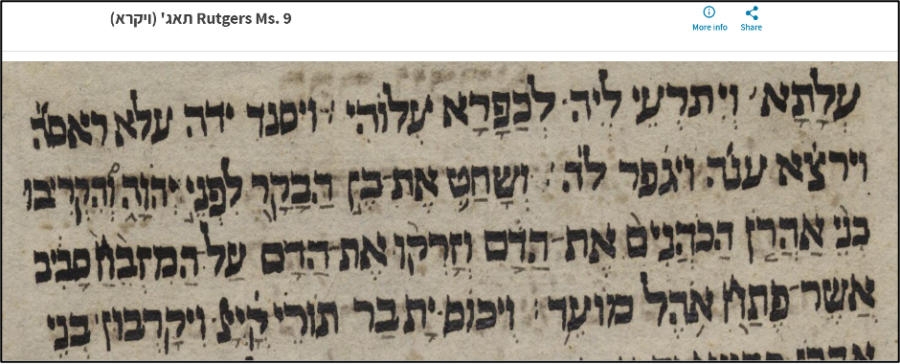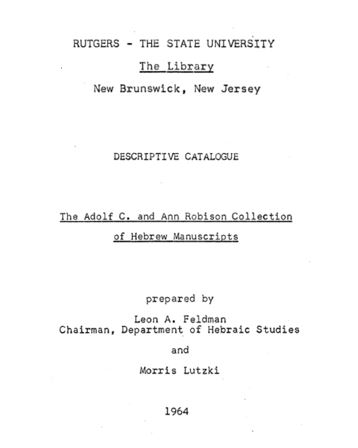As we wrap up the fall semester, we present some highlights of our recent acquisitions. From Special Collections and University Archives, we wish you a wonderful holiday season and happy reading and researching in 2025!
~~~~~~~~~
Household and property accounts for Eastridge, January 1848-July 1857. The ledger documents the complex and meticulous operations of Eastridge, sisters Mary and Louisa Rutherfurd’s home on the Passaic River in New Jersey.
Klüva, Billy. Billy’s Good Advice. (Bantam Press), 2002. Billy Klüva was a Swedish engineer at Bell Telephone Laboratories who collaborated with numerous artists. He co-founded, with Robert Rauschenburg and others, Experiments in Art and Technology (E.A.T.). Klüva performed in several Happenings by Claes Oldenburg, and this copy is inscribed to Oldenburg’s first wife, Patty Mucha.
Kompletna Lista Nowych Polskich Rekordow Victora (Ortofoniczne Rekordy). (Camden, New Jersey: Victor Talking Machine Company), 1929. Illustrated catalog of Polish records.
Lewis, Joel S., ed. Ahnoi. (Bergen, NJ), Spring 1980. Issue number 3. The many contributors include Allen Ginsberg, Ron Padgett, Alice Notley, and Amiri Baraka. Cover by Rochelle Kraut.
Map of the Country Thirty Three Miles around the City of New York. (New York: J.H. Colton), 1846. First edition pocket map.
New Testament. (New-York; John S. Taylor. Trenton, NJ: Bishop Davenport), 1835.
Ocean City, NJ’s Annual Hospital Fund Week, August 18-31, 1935. (Ocean City, NJ/Philadelphia, PA: Century Service Exchange), 1935. Program for a fundraising event that featured a host of notable African American guests, with advertisements from Black-owned businesses in the area. The printer, Frederic H. Hammurabi Robb (“Director, Travelor [sic], Author & African Interpreter”) was an African American attorney who toured the world speaking on Black history.
Silver, J.M.W. Sketches of Japanese Manners and Customs. (London: Day and Son), 1867. Jacob Mortimer Wier Silver was a British marine who was stationed in Japan from 1864 to 1865. Features 28 chromolithographs copied from illustrations by Japanese artists.
Victor Katalog Polskych Rekordow. Victor Polish Records (Orthophonic Recording). (Camden, New Jersey: Victor Division R.C.A. Victor Company), 1931. Illustrated general catalog featuring musicians, bands, and conductors.
